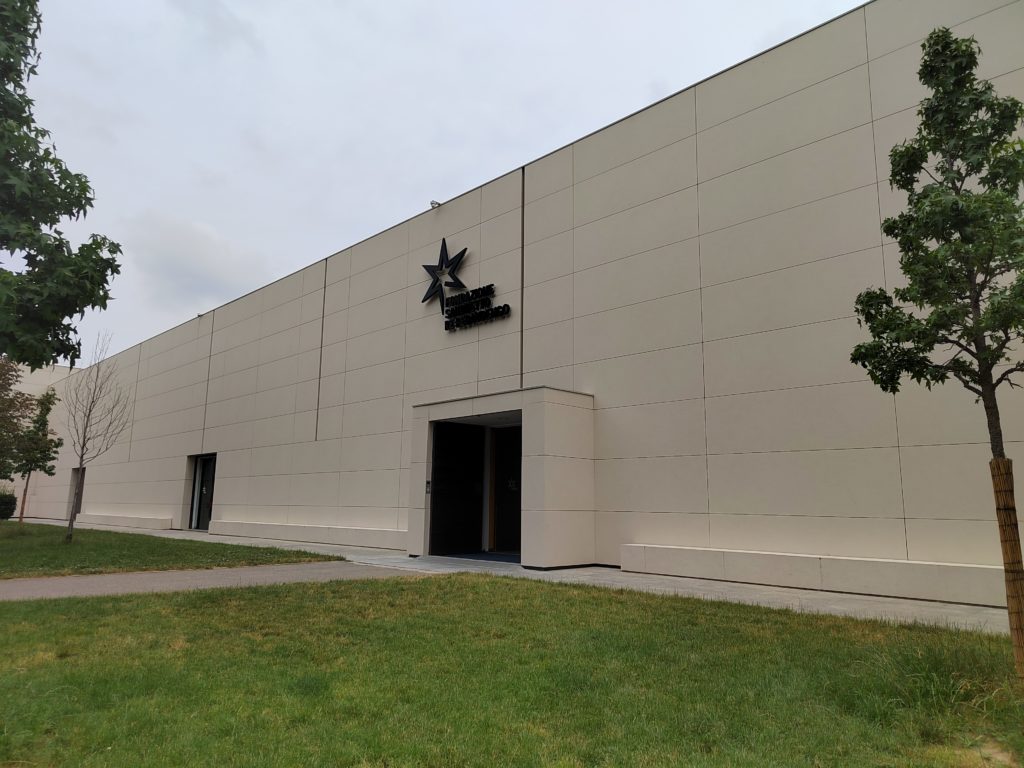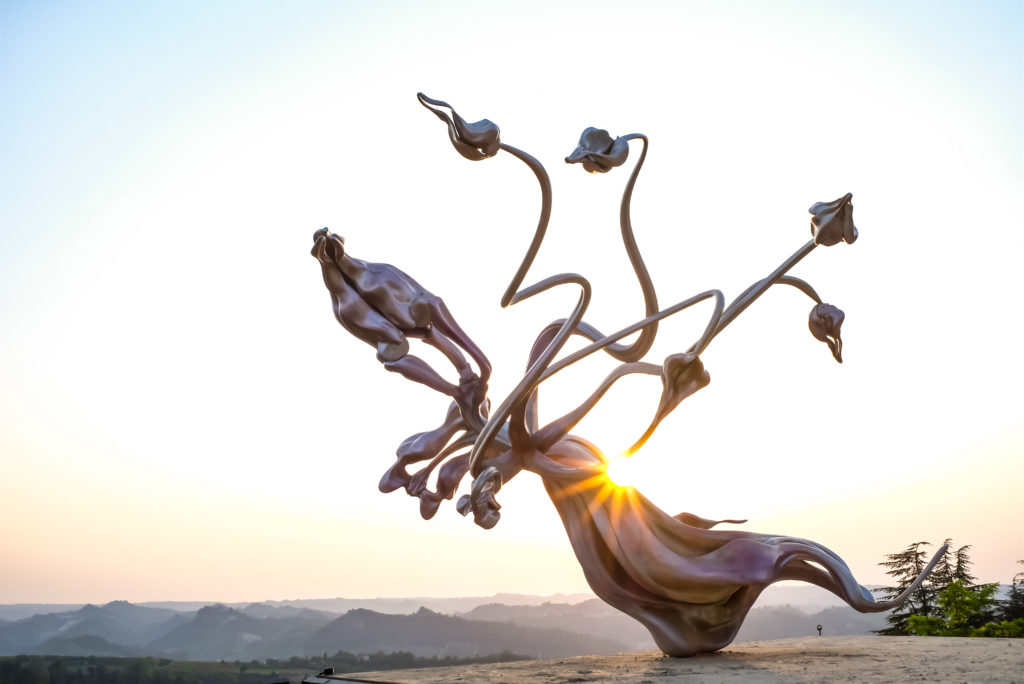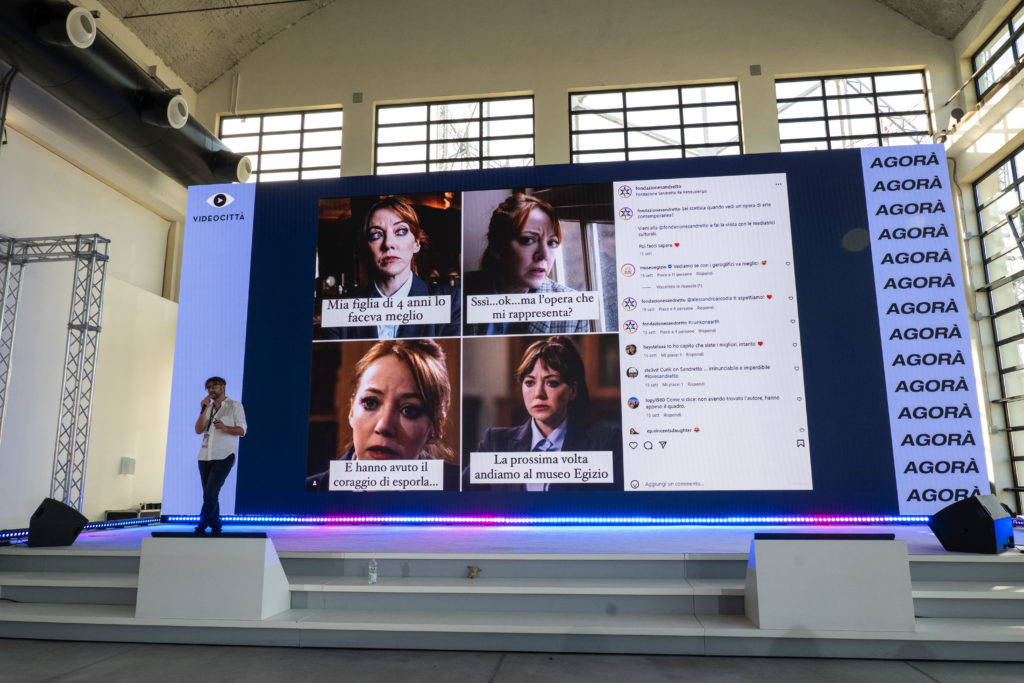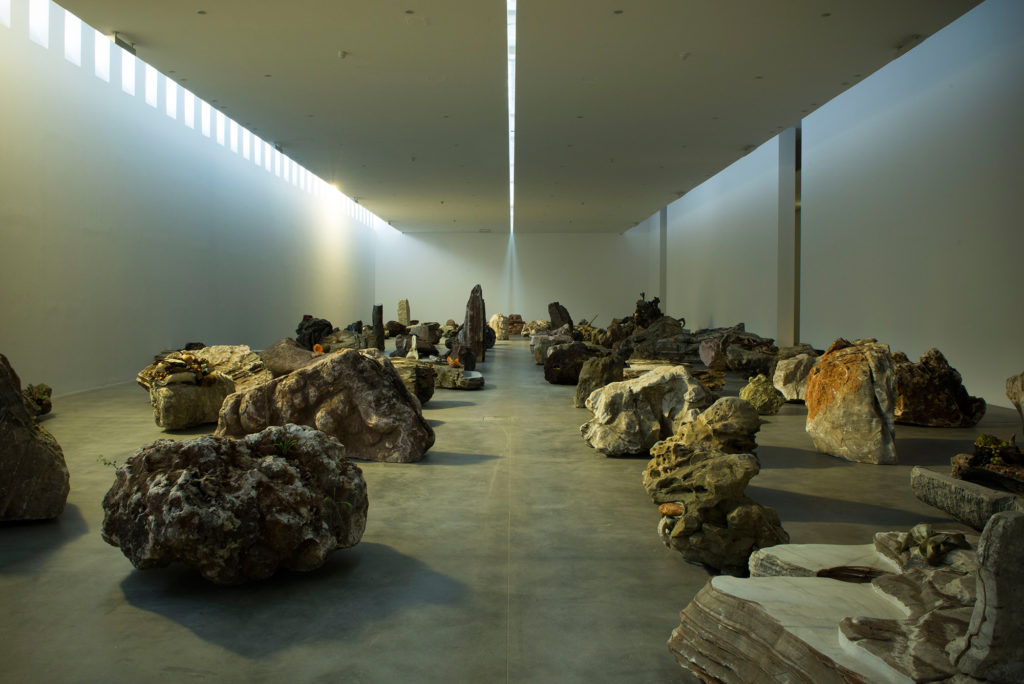Share the post "When communication is art and intuition. Interview with Silvio Salvo from the Sandretto Re Rebaudengo Foundation"
What is your museum about and what is your work there?
The Sandretto Re Rebaudengo Foundation – FSRR – is a center for contemporary art. The two locations Palazzo Re Rebaudengo in Guarene (since 1997) and the center of Turin (since 2002) will be joined by a third location on the island of San Giacomo in Venice (in 2026). Since 2019, again in Guarene, the Foundation has inaugurated an art park with large permanent sculptures.
Founded in 1995 by Patrizia Sandretto Re Rebaudengo, the Foundation’s main mission is the promotion and support of contemporary artistic production through exhibitions, events, educational programs, and research and training activities.
What inspired you to pursue a career in the museum field and how did you get started in the industry?
Before graduating in Communication Sciences – way back in 2002 – I did an internship in the press office of the Grinzane Cavour Literary Prize. On 3 October 2005, I joined the Sandretto Re Rebaudengo Foundation team because I had sent my CV. Since I was a kid I always thought that I would like to work in the organization of cultural events.

I have never been an expert in contemporary art and I don’t want to become one. Having a transversal perspective, not as a “contemporary art purist”, helps me to better communicate an exhibition and allows me to reach not only normal users of contemporary art. One of the missions of the Sandretto Re Rebaudengo Foundation is to broaden the audience for contemporary art so I try to “attract” even those who would never enter a museum.
Can you walk us through a typical day in your role at the museum?
My “main job” at the Foundation is the press officer, so first I listen to podcasts that analyze the news of the day, I read the newspapers, from editorials to cultural pages. Every day is different, but if I have to summarize: meetings with President Patrizia Sandretto Re Rebaudengo, meetings with the curatorial and educational department, many emails (from internal communications to sending press releases to journalists), many work messages via WhatsApp.
Social side: throughout the day I carve out a few minutes to monitor the news that has “viral potential” in Italy or around the world to take inspiration and create ad hoc content that talks about the Foundation’s activities. I am a social media manager sui generis.

Actually, I am the assistant of Master Yoda, the true and only social media manager of the Foundation. What you see on our channels is born three minutes in our heads. We do not prepare editorial plans. A lot of content (90%) is improvised on the spot. The Sandretto Re Rebaudengo Foundation is a place that trains you in “complexity”.
If superficially we analyze the Foundation’s social communication we could classify it as unconventional. In reality, it is very conventional within a communication channel where (also) people scream, hate, and hide behind fake profiles, where bots try to attract you by promising sex or an increase in followers, where memes on any topic proliferate, and where we also communicate through memes.
I have always thought that information enters the head more easily if accompanied by a dose of humor. Clearing irony in the communication of contemporary art could be risky. The FSRR was first. It worked and other museums took inspiration, which means the path was right.
An uncalculated risk, but I am increasingly convinced that that was (also) the direction to take. Through irony, I try to undermine the principle that important content corresponds to a heavy form: lightness doesn’t distance you, it brings you closer.

What innovative technologies or techniques have you implemented or seen implemented in museums in recent years?
In recent years, museums have embraced several innovative technologies and techniques to enhance visitor experiences, increase interactivity, and preserve collections. The most relevant: Augmented reality and gamification to make learning more engaging. AI is used to analyze data and offer personalized experiences to visitors.
Some museums use AI-based chatbots to answer visitor questions. Additionally, AI can help in cataloging and analyzing collections and can answer the question “What innovative technologies or techniques have you implemented or seen implemented in museums in recent years?” using ChatGPT, for example.
Yes, I answered this question using ChatGPT.

